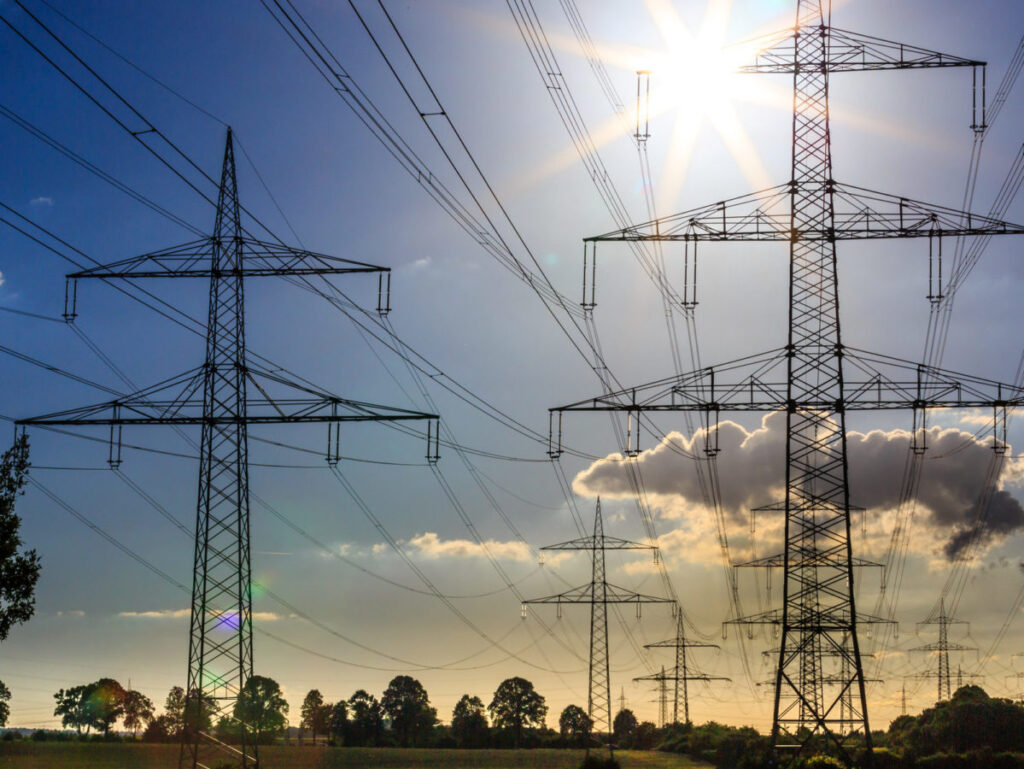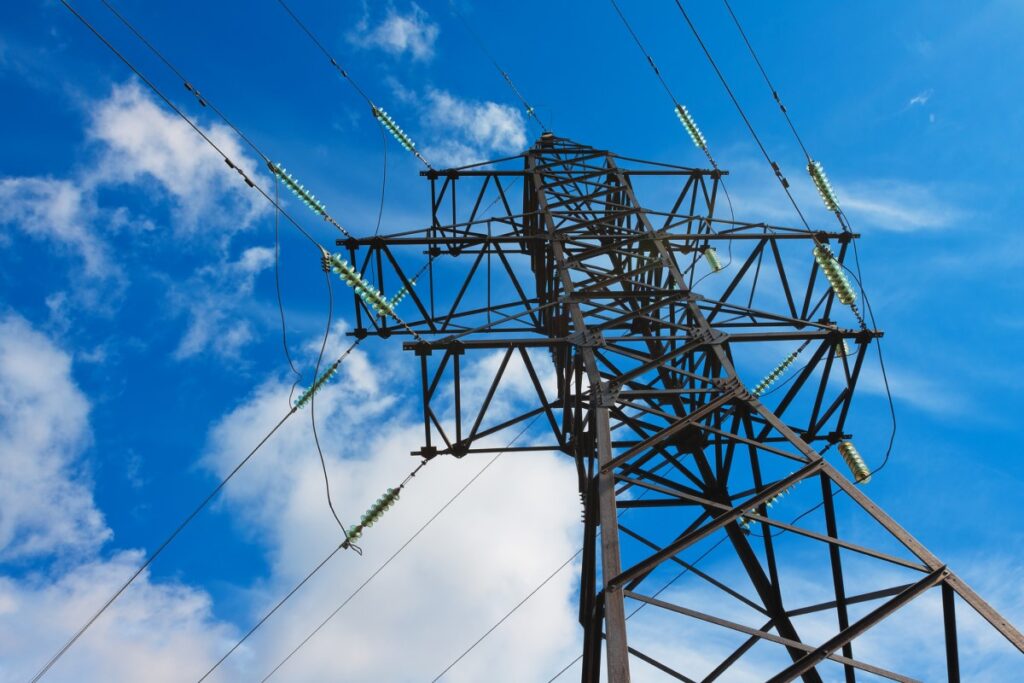Making Sense of Sensors in the Age of the Smart Grid

Grid operators across Europe are experiencing higher maintenance and reinforcement costs than ever before and, without significant increases in funding, are realizing that they must fundamentally change the way that their assets are operated, maintained and replaced.
In the grand scheme this means running assets closer to their operational limits, performing predictive rather than corrective maintenance and replacing assets as close to the end of their useful life as is possible. Making these changes without significantly increasing the risk of asset failure, however, requires accurate, real-time information about the asset’s health, performance, and operating conditions.
This is where online condition-monitoring steps in. Utilities can attach sensors to their assets and monitor a wide variety of electrical, environmental and spatial parameters which, when incorporated into an analytical model, can provide accurate, real-time asset health insights. Once this is established, determining which assets to maintain and replace can be done in a much more dynamic way than traditional periodic inspection-based methods.
There is however a major obstacle to achieving this reality – cost. As with any purchase, there must be a strong business case to support it. The cost of installing these sensors must be outweighed by savings made elsewhere: namely through increased asset utilization and reduced costs of traditional maintenance and inspection. But with sensor costs at their current levels, a strong business case is hard to build, especially when the reliability and cybersecurity risks of the sensors themselves is taken into consideration. With that in mind, it’s not surprising that online condition monitoring is currently, in the majority of cases, limited to pilot studies and highly critical assets.
There are a few ways that utilities are addressing this – the first is working alongside manufacturers to develop more affordable monitoring solutions. Utilities have significant bargaining power owing to the sheer quantity of assets that they operate – they can and they should leverage this. During our research with a cross-section of European smart grid utilities, we got in touch with Fingrid, who are tackling this issue in a novel way. In February of this year, they launched an innovation competition, challenging business of all sizes to develop monitoring solutions that fit the bill in terms of cost, operating conditions, and functionality. Manufacturers have jumped at the chance to gain a foothold in a market that is currently experiencing huge levels of investment, while Fingrid has spent the summer assessing over 60 proposals for innovative maintenance measurement methods and practices.
Utilities can also optimize how they roll-out condition monitoring, achieving maximum network insight for minimal costs. A given asset, for example, a transformer, can provide a wealth of information about its condition from a variety of sources, but installing the necessary equipment to provide these measurements can cost up to half as much as the transformer itself. Asset managers must, therefore, be highly selective of which parameters to monitor – establishing the range of parameters that can support an adequate model of an asset’s health and performance at the lowest possible cost. Once this is established, the roll-out locations themselves be similarly optimized. The monitoring of highly critical assets will bring a clear return and similarly, low-risk assets can, in certain cases, simply be run to failure with minimal monitoring or inspection. The cases in between these extremes are more difficult, however, and, utilities across Europe are deploying pilot studies to better understand the real cost/benefit of various monitoring approaches and the range of applications they are able to support.
Louis Morgan is the Event Director at the Grid Asset Management 2019 conference, exhibition, and networking forum, where 120+ smart grid asset managers will come together to discuss how comprehensive, affordable condition monitoring can be achieved. Case studies from TransnetBW, Svenska Kraftnät, REN, UK Power Networks, Vattenfall and Fluvius among others will be complemented by technology innovation insights from ABB and IBM, providing a holistic view of next-generation condition monitoring specifically for the smart grid sector.





